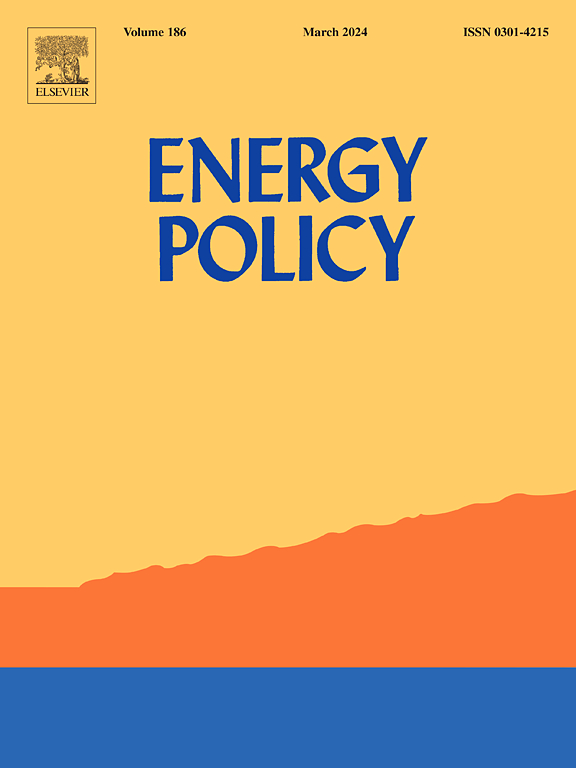Macroeconomic and environmental impacts of two decarbonization options for the Dutch steel industry: green relocation versus green hydrogen imports
IF 9.2
2区 经济学
Q1 ECONOMICS
引用次数: 0
Abstract
Decarbonizing the steel industry will require a shift towards renewable energy. However, costs and emissions associated with the long-distance transport of renewable energy carriers may incentivize the relocation of steel production closer to renewable energy sources. This “green relocation” would affect regional economic structures and global trade patterns. Nevertheless, the macroeconomic and environmental impacts of alternative industry location options remain underexplored. This study compares the impacts on value-added, prices, and emissions under two options for decarbonizing the Dutch steel industry: importing green hydrogen from Brazil to produce green steel in the Netherlands versus relocating production to Brazil and transporting green steel to the Netherlands. Impacts are analyzed by combining a price and a quantity model within an environmentally extended multiregional input-output (EE-MRIO) framework. Results suggest that the relocation option brings the greatest synergies between climate and economic goals at the global level, as it leads to lower production costs, smaller price effects, and greater emissions reductions. However, relocation also results in stronger distributive impacts across global regions. Higher carbon prices would be insufficient to counteract relocation incentives. This calls for policymakers in industrialized countries to systematically consider the possibility of green relocation when designing decarbonization and industrial competitiveness strategies.
荷兰钢铁行业两种脱碳方案的宏观经济和环境影响:绿色搬迁与绿色氢进口
钢铁行业脱碳需要转向可再生能源。然而,与可再生能源运输船的长途运输相关的成本和排放可能会激励将钢铁生产转移到更靠近可再生能源的地方。这种“绿色再安置”将影响区域经济结构和全球贸易格局。然而,替代工业选址的宏观经济和环境影响仍未得到充分探讨。本研究比较了荷兰钢铁行业脱碳的两种选择对附加值、价格和排放的影响:从巴西进口绿色氢在荷兰生产绿色钢铁,与将生产转移到巴西并将绿色钢铁运输到荷兰。通过在环境扩展的多区域投入产出(EE-MRIO)框架内结合价格和数量模型来分析影响。结果表明,在全球层面上,搬迁方案带来了最大的气候和经济目标之间的协同效应,因为它导致更低的生产成本,更小的价格效应和更大的减排。然而,再安置也会对全球各地区产生更强的分配影响。更高的碳价格将不足以抵消搬迁激励。这就要求工业化国家的决策者在设计脱碳和产业竞争力战略时系统地考虑绿色迁移的可能性。
本文章由计算机程序翻译,如有差异,请以英文原文为准。
求助全文
约1分钟内获得全文
求助全文
来源期刊

Energy Policy
管理科学-环境科学
CiteScore
17.30
自引率
5.60%
发文量
540
审稿时长
7.9 months
期刊介绍:
Energy policy is the manner in which a given entity (often governmental) has decided to address issues of energy development including energy conversion, distribution and use as well as reduction of greenhouse gas emissions in order to contribute to climate change mitigation. The attributes of energy policy may include legislation, international treaties, incentives to investment, guidelines for energy conservation, taxation and other public policy techniques.
Energy policy is closely related to climate change policy because totalled worldwide the energy sector emits more greenhouse gas than other sectors.
 求助内容:
求助内容: 应助结果提醒方式:
应助结果提醒方式:


